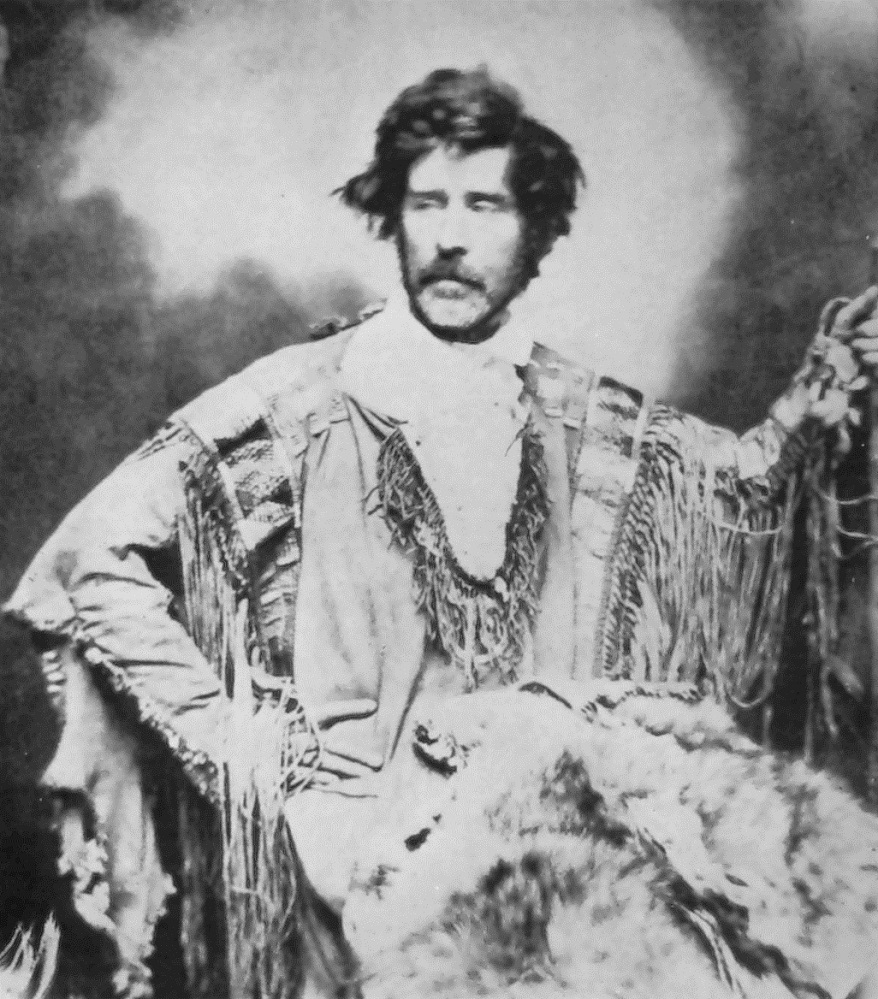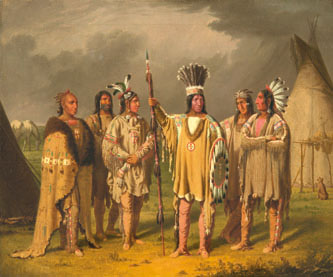
Paul Kane (1810–1871) was an Irish-Canadian painter known for his depictions of Indigenous peoples and landscapes in the Canadian West and Pacific Northwest. His work is invaluable to the historical and ethnographic record, offering a glimpse into the lives of Indigenous communities during the mid-19th century.
Early Life and Education
Paul Kane was born on September 3, 1810, in Mallow, County Cork, Ireland. He emigrated with his family to Canada in 1819, settling in York (now Toronto), Upper Canada. From a young age, Kane showed an interest in art, which led him to pursue formal training. He initially studied at Upper Canada College and later in the United States, where he was exposed to various artistic styles and techniques. His early career involved painting portraits and scenes from everyday life, which helped him hone his skills.
Journey into the Canadian West
Kane was inspired by the work of American artist George Catlin, who had extensively documented Native American tribes. Motivated by a similar desire to document Indigenous cultures in Canada, Kane embarked on a series of journeys across the Canadian wilderness. Between 1845 and 1848, he traveled over 8,000 miles, often under arduous conditions, sketching and painting Indigenous peoples, their customs, and the landscapes they inhabited.
He traveled as far west as Fort Vancouver on the Columbia River and north to Fort Edmonton. Kane meticulously recorded his observations in sketches and journals, which he later used to create finished oil paintings.
Artistic Achievements
Kane’s works are considered among the most important visual records of Indigenous life in Canada during the 19th century. His paintings often depicted scenes of hunting, ceremonies, and everyday activities. One of his most famous works, The Death of Omoxesisixany or Big Snake, illustrates a tragic event during a Blackfoot ceremony.
Kane's works were notable not only for their artistic merit but also for their ethnographic value. His attention to detail and his commitment to accuracy provide a window into the traditions and ways of life of the Indigenous peoples he encountered. His paintings remain critical to understanding the history of these communities, many of which were profoundly affected by European contact.

Later Life and Legacy
After completing his travels, Kane settled back in Toronto, where he spent the remainder of his life completing his oil paintings based on his field sketches. In 1859, he published Wanderings of an Artist among the Indians of North America, a book that detailed his journeys and observations. The book was well received and contributed to his reputation as a leading artist of his time.
Kane passed away on February 20, 1871, in Toronto. His works have since been recognized as national treasures, and they are held in high esteem by institutions such as the Royal Ontario Museum and the National Gallery of Canada.
Influence and Importance
Paul Kane's work is indispensable to Canadian art history, particularly in the context of documenting the cultures and landscapes of Indigenous peoples. His paintings serve not only as works of art but also as historical documents that offer insight into the lives and customs of Indigenous communities before the full impact of European colonization.
Kane's legacy endures through his contributions to art and history, providing a vital connection to Canada’s past and the Indigenous peoples who shaped it. His work continues to be studied and celebrated for its artistic and historical significance.
Browse our collection of Canadian paintings for sale at the Canadian Classic Fine Art gallery, The best place to buy a painting online. We provide free shipping anywhere in Canada and the United States. Our Montreal art gallery sells paintings online exclusively and have a 14 days return policy.
